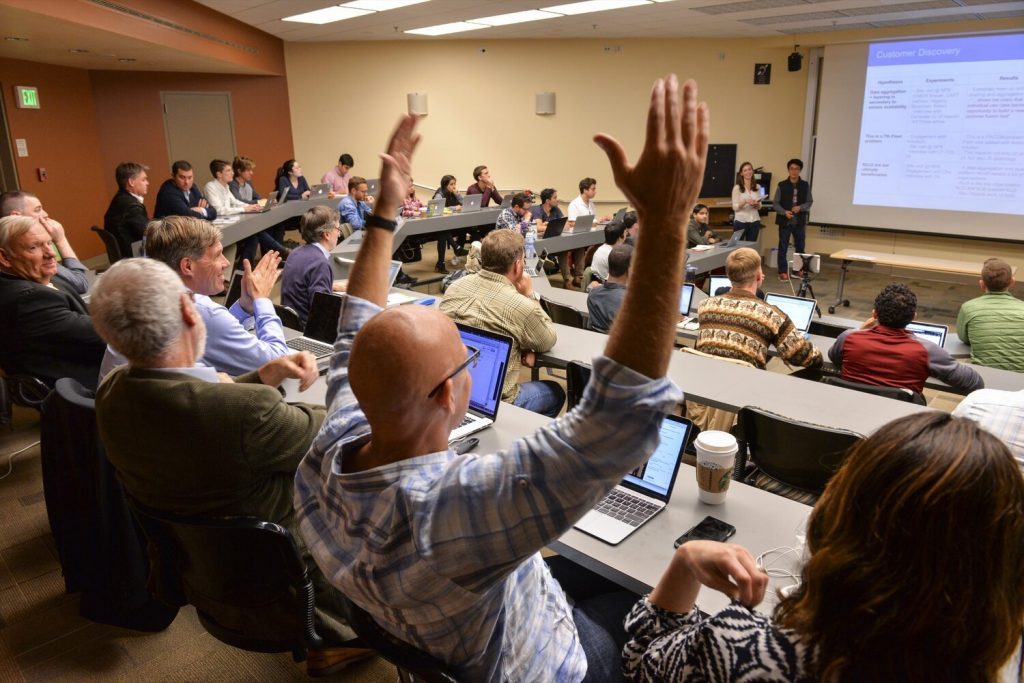Hacking for National Security launches in Australia

An Australian chapter of The Common Mission Project, Hacking for Defense® has been launched in Canberra. US company BMNT Inc. and its nonprofit arm, The Common Mission Project, have expanded their global effort to foster mission-driven entrepreneurship with the launch of The Common Mission Project – Australia and plan to launch the slightly renamed Hacking for National Security (H4NS) academic program next year at the University of New South Wales.
Hacking for National Security is a university course that teaches students to work with the Defence and Intelligence Communities to rapidly address the nation’s emerging threats and security challenges. In the US, where the program originated, it is sponsored by the Department of Defense and is a program of the National Security Innovation Network (NSIN).
With this move, Australia joins a growing movement under way in the United States and the UK to use modern innovation tools and techniques to make the world a safer place.
Former RAN, DST and Bureau of Meteorology innovation thought leader Jamie Watson has been appointed CMP Australia director and director of BMNT Australia.
CMP Australia will work to educate, connect, inspire and advocate for mission-driven entrepreneurs, including through its flagship academic program, Hacking for Defence. This global program is engaging a new generation of mission-driven entrepreneurs in solving the critical problems of our time.
“The complexity of the world today and the speed at which technology is changing demands that allies work even more closely together to deploy capabilities that will ensure our collective national security. We’ve long been fans of Jamie Watson’s defence technology work and his experience as an entrepreneur within the Australian government. We are absolutely delighted to have him leading this new partnership,” said Peter Newell, CEO of BMNT, Chairman of CMP and co-creator of H4D.
Watson has spent more than three decades within the Defence and National Security sector. In addition to operational experience he has held key positions within DST Group in Australia and the United States.
“Our vision is to scale the Hacking for National Security platform across the Australian university sector. We are glad to be launching the class at the University of New South Wales in the spring and are open to all that are interested in partnering with us,” he said.
H4NS teaches teams of university students how to apply entrepreneurial processes such as the Lean Startup methodology and Problem Curation techniques to quickly solve critical national security and intelligence community problems.
In the process, the course exposes students to defence and national security issue areas; establishes unique, expert networks around critical defence and national security problems; delivers validated problems and viable solution pathways; and helps to build a national security innovation pipeline.
USNW’s Director of Entrepreneurship, David Burt, said, “UNSW is thrilled to partner with the Common Mission Project to bring H4NS to Australia. The H4NS program has a proven ability to bring together a powerful coalition of government, industry and university representatives to confront and solve real national security issues. Through hosting H4NS at UNSW, we bridge our students into the deep links of the existing US and UK Common Mission Project networks.”
H4D, on which H4NS is based, was created in the US in 2016 by Steve Blank, founder of the Lean Startup movement; Joe Felter, retired US Army Colonel (former Deputy Assistant Secretary of Defense for South and Southeast Asia); and Newell, a retired US Army Colonel and former Director of the US Army’s Rapid Equipping Force.
In class, students address a wide variety of defence and national security problem areas. Past examples include safely evacuating special forces under fire, powering radios for downed pilots, developing applications to track and manage mass casualty triage in the field, detecting and countering drones, protecting IoT devices, developing innovative applications for artificial intelligence, and predicting and preventing cyber threats.
The course is currently taught at 40 leading universities in the US and seven in the UK, and has helped create a national security innovation pipeline in both countries.
Learn more about the program during a virtual event CMP Australia will host Wednesday, Dec. 2 at 10 am AEDT featuring Watson, Newell, Burt and Blank discussing how the course is changing the future of defence innovation. Details here.
